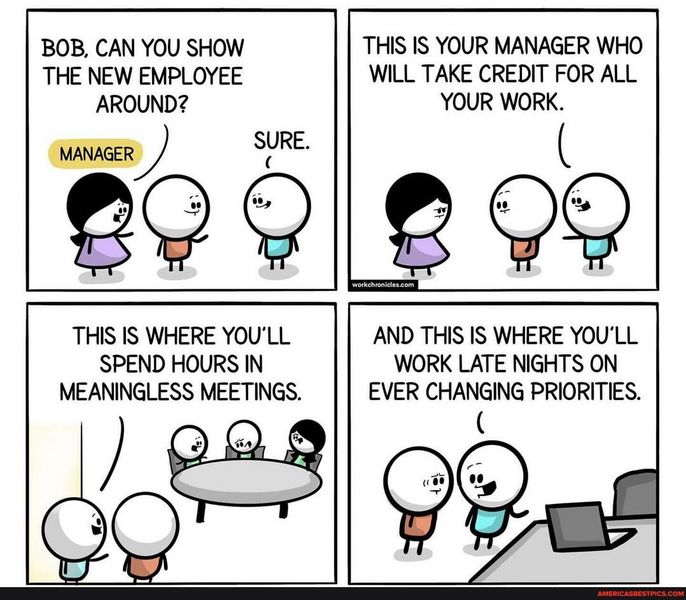Dora, the Explorer, is a children’s animated television series, themed around a seven-year-old Latina girl, who loves to embark on quests. Each episode is about a different quest that she undertakes. Dora carries a purple colour backpack with a talking map in it. She is accompanied by a good friend, Boots, a monkey in every quest. There are two other characters in it, Swiper & the Grumpy Old Troll. Swiper is a thieving fox, who steals possessions, and the Grumpy Old Troll lives under a bridge that Dora has to cross on her way. They pose various hurdles during the quest, however, Dora smilingly & smartly navigates her way out of them. The episode always ends with Dora & Boots successfully reaching the locale, singing the “WE DID IT!” song.
In many ways, landing on a new assignment is a quest by itself. The first few months in a new role are all about getting a grip of the new turf, seamlessly immersing into the various teams & navigating our way to the runway for the awaited take-off. The talking map is almost like our intuition, guiding us at each step in all our endeavours. We encounter a spectrum of people in the new workplace, Boots to Swiper, the Grumpy Old Troll & many more. Each plays their part, rather some part in the quest. Every incident/ event on any given day or period is a riddle/ puzzle for us to solve, and we evolve. Dora never complains, she forges forward on her quest, with a hallmark smiling face. The lesson hidden in the layers is to KEEP MOVING.
Tons of books have been written on the prominence of the first few months in a new workplace, we call it the “EXPEDITION period”. It ranges anywhere between 3 to 6 months, this is the average time required by a professional to settle in a new workplace. While there is enough data/ literature to reckon, how much we ACT UPON decides our SUCCESS in any role.
The blog intends to provide tips to steer through the “EXPEDITION period”. For easy reference, we are assuming the period to be approx. 6 months. Further, it has been split into 3 phases, each spanning around 2 months.
Phase 1 [Learning/ Observation] – Watch & keep EXPLORING the new territory, your turf.
- Learn the process, systems, practices & culture of the workplace.
- Understand the key people of the company, the various functions & the linkages.
- Know the challenges & expectations of the superior, the internal/ external customers.
- Identify improvement areas & further skills required for self & team as a whole.
- Identify a friend [BOOTS] in the workplace to bounce the various dilemma, the friend to not be confused with a mentor.
Note: Hold the temptation to speculate, form an opinion, or comment about the workplace.
Phase 2 [Planning/ Prioritizing] – It’s time to chart out an “ACTION plan” with goals.
- Identify improvement projects/ initiatives in collaboration with the superiors.
- Ensure the goals are relevant/ realistic & handleable.
- Plan/prioritize based on the AVAILABLE resources & competence, this is crucial.
- Focus on high-impact goals/ projects, target easy ones first [“low hanging fruits”].
Note: If you fail to plan, you plan to fail.
Phase 3 [Implementation] – The plan is ready, it’s ACTION time. Get, Set, Go!!
- Set clear timelines for the various goals.
- Fix metrics for review/ evaluation of the activities linked to the goals.
- Organize the resources in line with the ACTION plan.
- Have a “backup” plan for every plan, “Plan B” for every “Plan A”.
Note: Ideas without action aren’t ideas. They’re regrets!!
It’s equally important to learn about the goals, there are only three kinds of goals – Learning, Performance & Personal goals.
a). LEARNING goals – It refers to the skill & knowledge required to do one’s job better.
Eg. MS Excel, MS Powerpoint, Analytical skills, Budgeting, Communication skills, Interpersonal relationship, Time management, Emotional intelligence, etc.
These are improved by reading books, attending training programs/seminars, online programs, coaching by subject matter experts [SMEs].
b). PERFORMANCE goals – It refers to the specific targets to achieve in the respective roles.
Eg. Process improvement, Cost reduction, Customer satisfaction, etc.
It is imperative to set high-impact goals with clear timelines & metrics. These form the targets for the first year in any new role.
c). PERSONAL goals – As the name suggests, the goals are all about us & around us.
Eg. Having informal interactions during festivals/ events, weekend family trip plans, etc.
It is important that we pick up the culture & practices of the company, form sturdy relationships with the team & other key people in the system.
We hope the tips come in handy while steering through the BRAND NEW ROLE you have landed upon. Last, but not least, GO WITH THE FLOW.
Wishing you success in your endeavours, Godspeed!!
Nageshwari A & Venkatakrishnan R
